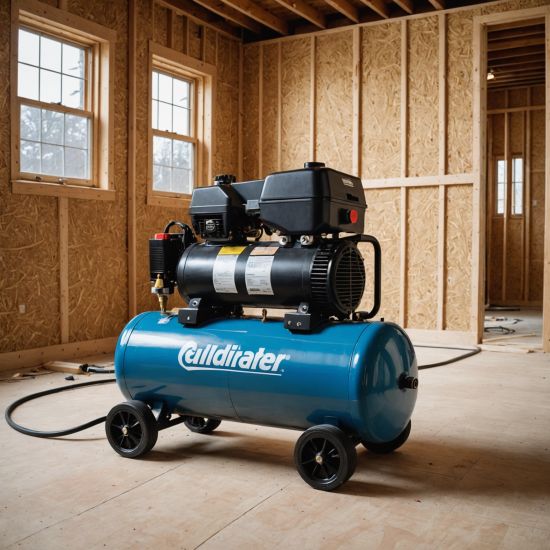Removing Stripped Bolts: Useful Tips and Techniques

Stripped bolts can be a frustrating problem, but with the right techniques, you can often remove them without causing further damage. This guide will walk you through several methods.
Assessing the Damage and Choosing Your Weapon
Before you start wrestling with that stubborn bolt, take a moment to assess the situation. How badly is the bolt stripped? Is the head completely rounded off, or is there just a bit of damage? This will determine which method is best suited for removal. If only slightly stripped, a new, properly fitting socket might do the trick. If it's more severely damaged, you'll likely need more aggressive techniques. Take careful note of the bolt's material (steel, aluminum, etc.) as well, as this will influence your choice of tools and techniques. For very stubborn cases, consider using a penetrating oil like PB Blaster to help loosen the threads. Allow sufficient time for the oil to penetrate (ideally overnight).
Employing Extraction Tools
If a simple socket won't grip, it's time to bring out the heavier artillery. Several specialized tools are designed for removing stripped bolts. One common option is a bolt extractor set. These are usually screw-type extractors that drill into the remaining bolt head and then grip, allowing you to twist the bolt free. Remember to drill a pilot hole precisely sized for the extractor to avoid further damage. Another option is a bolt gripping tool, like a screw-type extractor or a pair of bolt-gripping pliers. Carefully select the correct size tool for your bolt. Remember to always work slowly and steadily to avoid breaking the extractor itself. Proper technique is critical; improper use could damage the surrounding material or strip the bolt further. Consult resources like this https://www.familyhandyman.com/project/how-to-remove-a-stripped-screw/ for more visual aid.
Drilling Out and Replacing the Bolt
As a last resort, you may need to drill out the stripped bolt. This is a more destructive method, but sometimes necessary. You'll need a drill, a drill bit slightly smaller than the bolt's diameter, and likely a center punch to mark the drilling location accurately. Start by carefully centering the drill bit on the bolt's head and drill slowly, using cutting oil to prevent overheating and damage. Once the bolt is drilled out, carefully remove the remaining fragments. You'll then need to tap the hole to the correct size for a replacement bolt, ensuring the correct thread pitch for a precise fit. This will require the appropriate tap and die set. Finally, install the new bolt.







